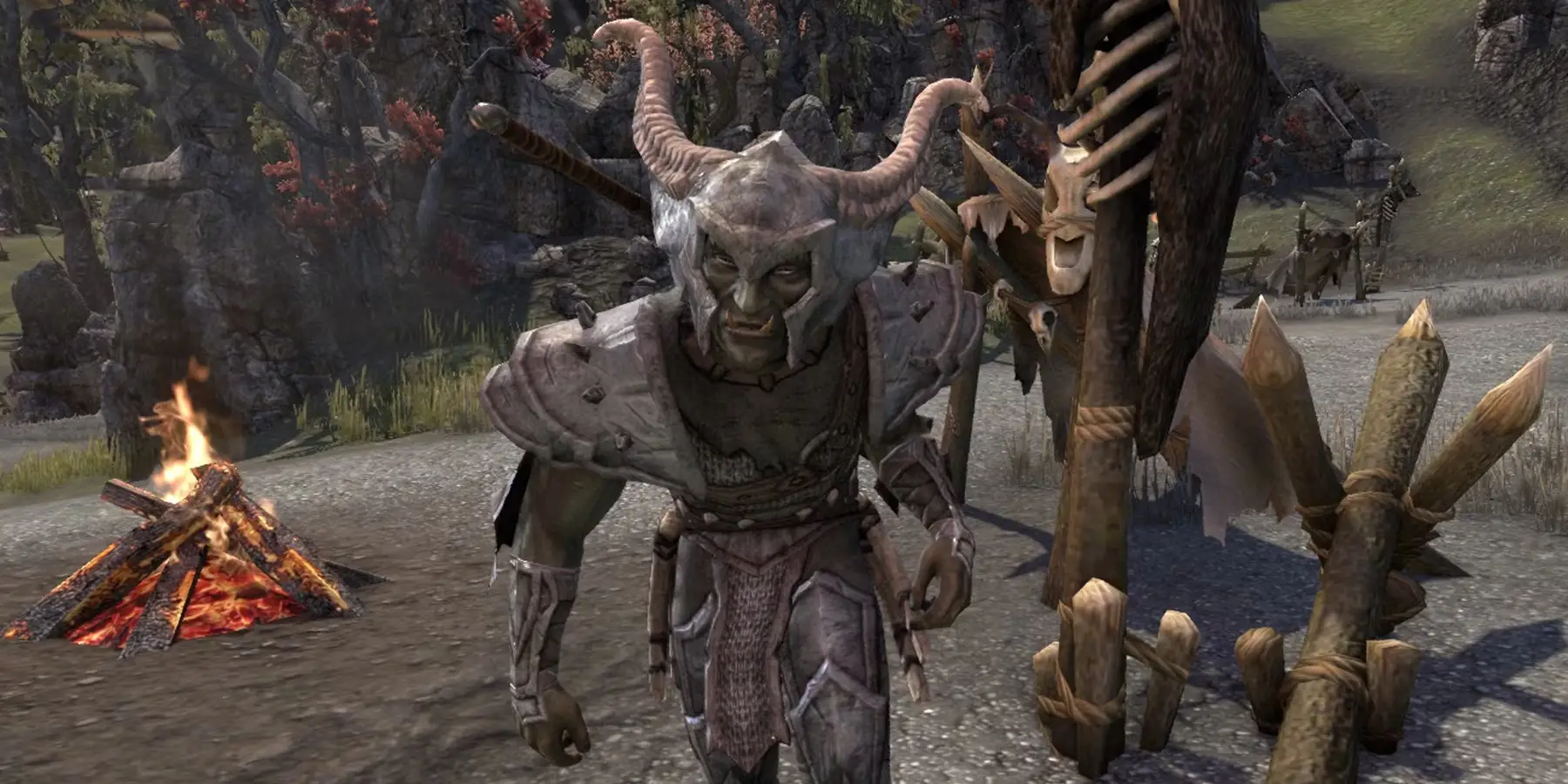Bethesda’s The Elder Scrolls IV: Oblivion continues to be celebrated for its groundbreaking Radiant AI system, which generates amusing and unexpected NPC interactions throughout Cyrodiil—a feature players are rediscovering in the recently released remaster. However, lurking beneath these well-known quirks lies a remarkably sophisticated system governing goblin behaviour that deserves equal recognition.
Tribal Societies Bound by Sacred Artifacts
Rather than serving as mere cannon fodder for adventurers, Oblivion’s goblins exist within a complex tribal ecosystem. Seven distinct goblin tribes populate Cyrodiil, each possessing a sacred totem staff that holds tremendous cultural significance. When a tribe’s totem is stolen, they respond with remarkable organisation, dispatching dedicated war parties with the singular mission of reclaiming their precious artifact.
This pursuit often creates unexpected havoc for settlements unfortunate enough to lie in the warband’s path. The true spectacle unfolds when a stolen totem is brought into another goblin tribe’s territory. This transgression triggers full-scale tribal warfare, with the dispossessed tribe relentlessly sending waves of attackers against those they perceive as thieves.
From Singular Quest Design to Systemic Gameplay
This elaborate system of emergent goblin warfare originated from surprisingly humble beginnings. The concept started with the design of a single side quest called “Goblin Trouble” developed by Kurt Kuhlman, who later became lead systems designer on Starfield. The quest featured two warring goblin tribes with a village caught between their conflict.
During development, Kuhlman explained that since he was already creating a scripted system for periodic goblin attacks between tribes, expanding this into a game-wide mechanic seemed like a natural progression. He determined that allowing any goblin tribe to react similarly when players stole their totems wouldn’t require substantially more work. Kuhlman acknowledged that he might have underestimated the additional effort required, but maintained that the result created engaging and unpredictable gameplay scenarios.
Unique Implementation of AI Technology
Kuhlman revealed that what makes the goblin wars system particularly distinctive is its utilisation of specific Radiant AI capabilities that aren’t extensively employed elsewhere in Oblivion. The system heavily depends on features such as “Find,” which enables goblins to track their stolen totems regardless of location.
The implementation of goblin warfare apparently occurred relatively late in Oblivion’s development cycle. Kuhlman expressed that he would have liked to explore more systems of this nature but noted they faced time constraints and primitive development tools for creating such complex AI interactions at that stage.
Tribal Warfare Lives On in the Remaster
For those returning to Cyrodiil, these tribal conflicts remain fully functional in Oblivion Remastered. The remaster’s new engine builds upon the original game’s logic, preserving all its distinctive behaviours, including the goblin wars. While this system remains as unpredictable and potentially unstable as it was in 2006, players experiencing issues can find a fan-created mod for the original game that addresses some of these problems.
Also read our Oblivion review.
